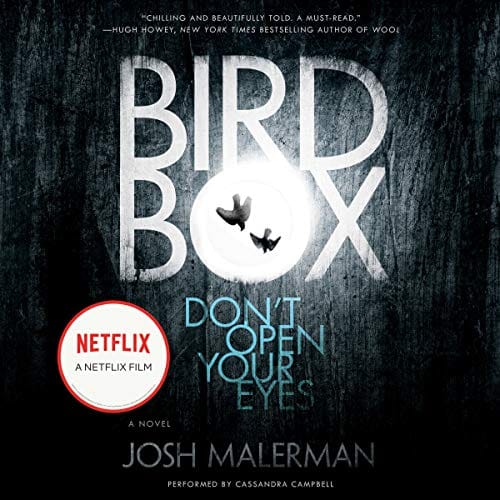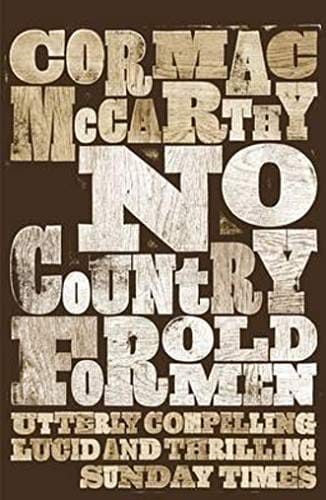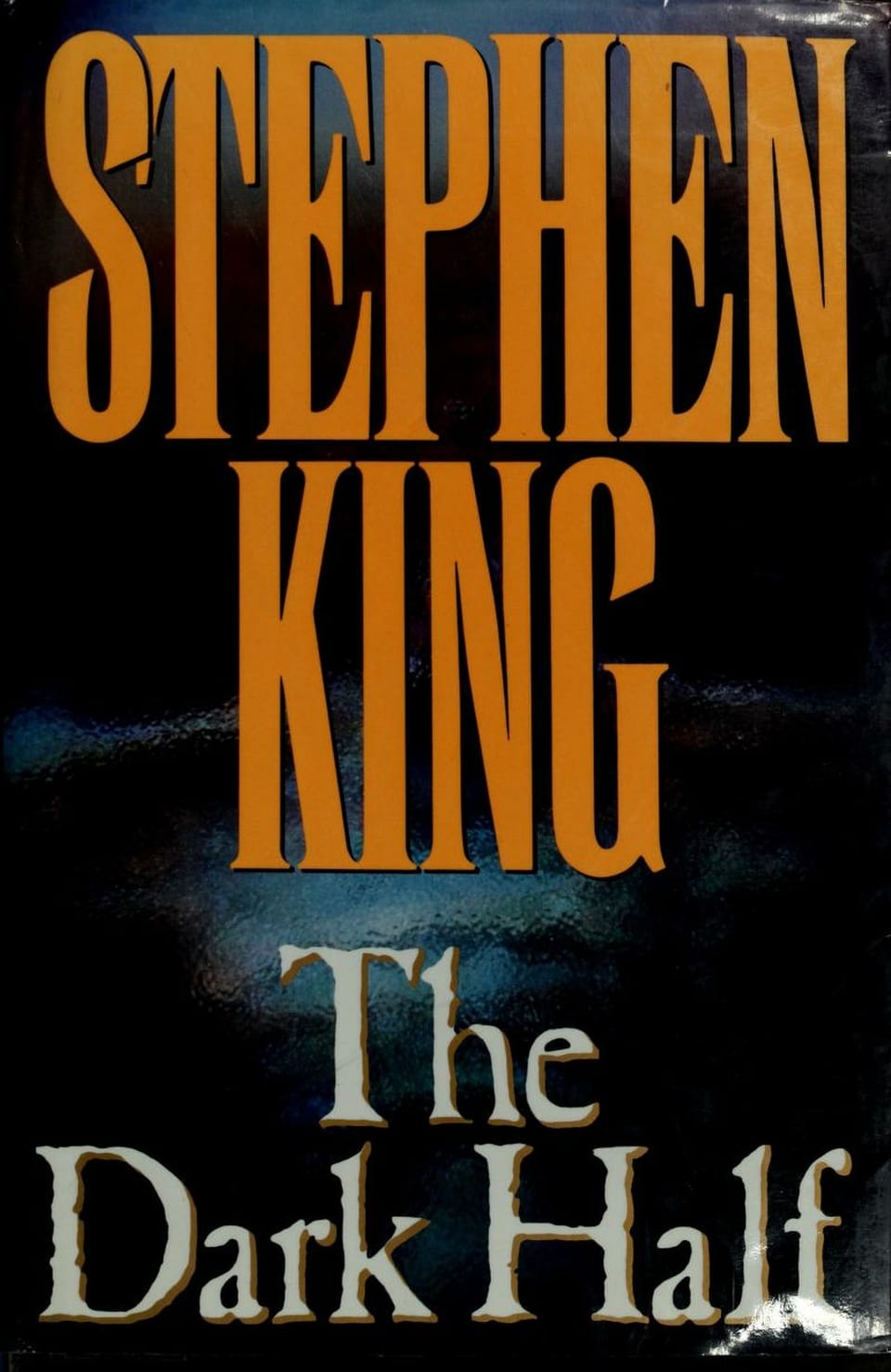Surviving the Unseen: An 800-Word Deep Dive into Bird Box
Explore Bird Box’s plot, themes, performances, and cultural impact in this 800-word, spoiler-light review that explains why Netflix’s survival horror still resonates.

Introduction to Bird Box
Since debuting on Netflix in December 2018, Bird Box has perched confidently among the most talked-about post-apocalyptic thrillers of the streaming era. Adapted from Josh Malerman’s 2014 novel and directed by Susanne Bier, the film combines white-knuckle suspense with terrifyingly relevant social commentary. Viewers follow a mother’s desperate attempt to shepherd two children to safety while blindfolded, all because mysterious entities cause instant, violent suicide when seen. Both a gripping survival tale and a meditation on fear, Bird Box rewards careful viewing—and re-viewing—for fans of smart horror.
Quick Plot Overview
The story toggles between two timelines. In the first, painter Malorie (Sandra Bullock) navigates a river with Boy and Girl, urging them never to remove their blindfolds. The second, told via flashbacks, begins five years earlier when society unravels as mass suicides erupt worldwide. Malorie finds refuge with a group of strangers, including war veteran Tom (Trevante Rhodes), skeptic Douglas (John Malkovich), and empathetic Olympia (Danielle Macdonald). As supplies dwindle and internal tensions rise, the survivors discover the deadly pattern: one glimpse of the outside world invites madness. The group must choose between barricaded stagnation and perilous movement, leading to heartbreaking sacrifices and hard-won revelations.
Central Themes Worth Watching
Fear of the Unknowable
Unlike many monster movies, Bird Box never reveals its creatures. This refusal to show the enemy forces the audience to imagine their own worst nightmares, amplifying dread through suggestion rather than spectacle. The unseen threat mirrors real-world anxieties—from misinformation to unseen viruses—proving that what we cannot see often terrifies us most.
Motherhood and Responsibility
Malorie begins the film emotionally distant, unsure she even wants the child growing inside her. Over five catastrophic years, she evolves into a fiercely protective mother who assigns the children functional names to avoid emotional attachment, only to discover that connection is vital for survival. Her arc invites viewers to consider how crisis can catalyze reluctant heroism.
Community Versus Isolation
The housebound ensemble illustrates contrasting survival philosophies. Douglas argues for ruthlessly protecting the few, while Tom advocates inclusion and hope. Their ideological clash echoes ongoing cultural debates about how societies respond to existential danger—close ranks or open doors?
Standout Performances
Sandra Bullock anchors Bird Box with a raw, physically demanding performance that eschews glamor for grit. Trevante Rhodes delivers warmth and moral clarity, becoming the emotional heartbeat of the film. John Malkovich revels in curmudgeonly pessimism, offering both tension and surprising humor. This trio transforms what might have been a standard creature feature into layered human drama.
Direction and Cinematic Craft
Oscar-winning director Susanne Bier employs tight framing and muffled sound design to place viewers inside Malorie’s sensory-deprived world. Cinematographer Salvatore Totino bathes interior scenes in claustrophobic darkness, while exterior shots harness blinding natural light—an ironic twist for a story about enforced blindness. Trent Reznor and Atticus Ross’s minimalist score pulses like a racing heartbeat, sustaining tension without upstaging the narrative.
Cultural Impact and Streaming Success
Netflix reported more than 45 million accounts streamed Bird Box within its first week, a record-breaking figure at the time. The film’s viral “Bird Box Challenge,” in which fans attempted everyday tasks while blindfolded, ignited both memes and safety warnings. More important, the movie sparked conversations about mental health, media contagion, and collective trauma, embedding itself in pop-culture shorthand: “Don’t take off the blindfold.”
Comparisons to Similar Survival Horror
Critics quickly compared Bird Box to John Krasinski’s A Quiet Place, released earlier the same year. While both limit a vital sense to heighten fear, Bird Box leans harder into psychological horror and societal commentary. Its closest literary cousins are Cormac McCarthy’s The Road and José Saramago’s Blindness, works that question what remains of humanity when civilization collapses.
Tips for First-Time Viewers
1. Watch in a dark room with minimal distractions to appreciate the nuanced soundscape.
2. Avoid trailers and spoiler-heavy discussions; mystery fuels the tension.
3. Notice color symbolism: birds, blindfolds, and river water subtly guide the narrative.
4. Prepare for emotional intensity; while less gory than typical horror, the film’s themes can be distressing.
Conclusion: Why Bird Box Endures
Bird Box marries visceral thrills with thought-provoking questions, making it enduringly rewatchable. By trusting audiences to fear what they cannot see, the film reinvigorates a crowded genre and cements its place in modern horror canon. Whether you’re a die-hard genre fan or a casual streamer seeking a smart scare, Bird Box offers 124 minutes of adrenaline-charged reflection on the price—and power—of sight.



